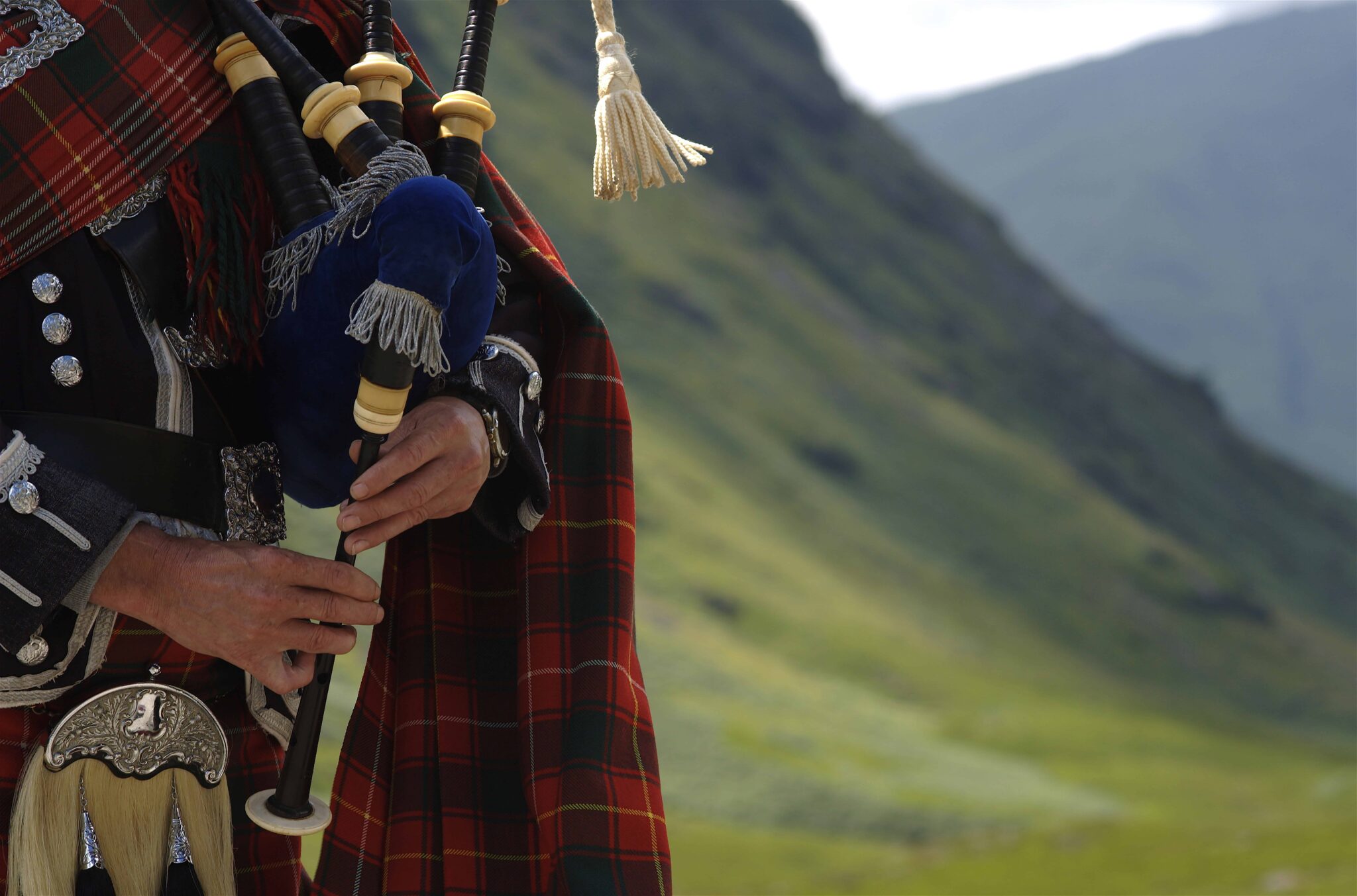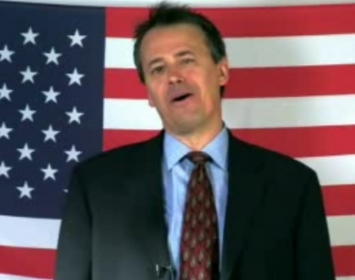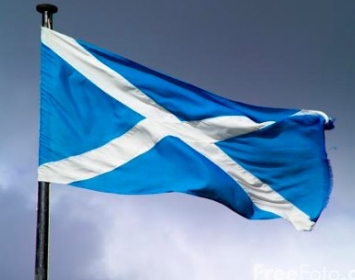Letölthető tartalmak
Scotland – With or Without You
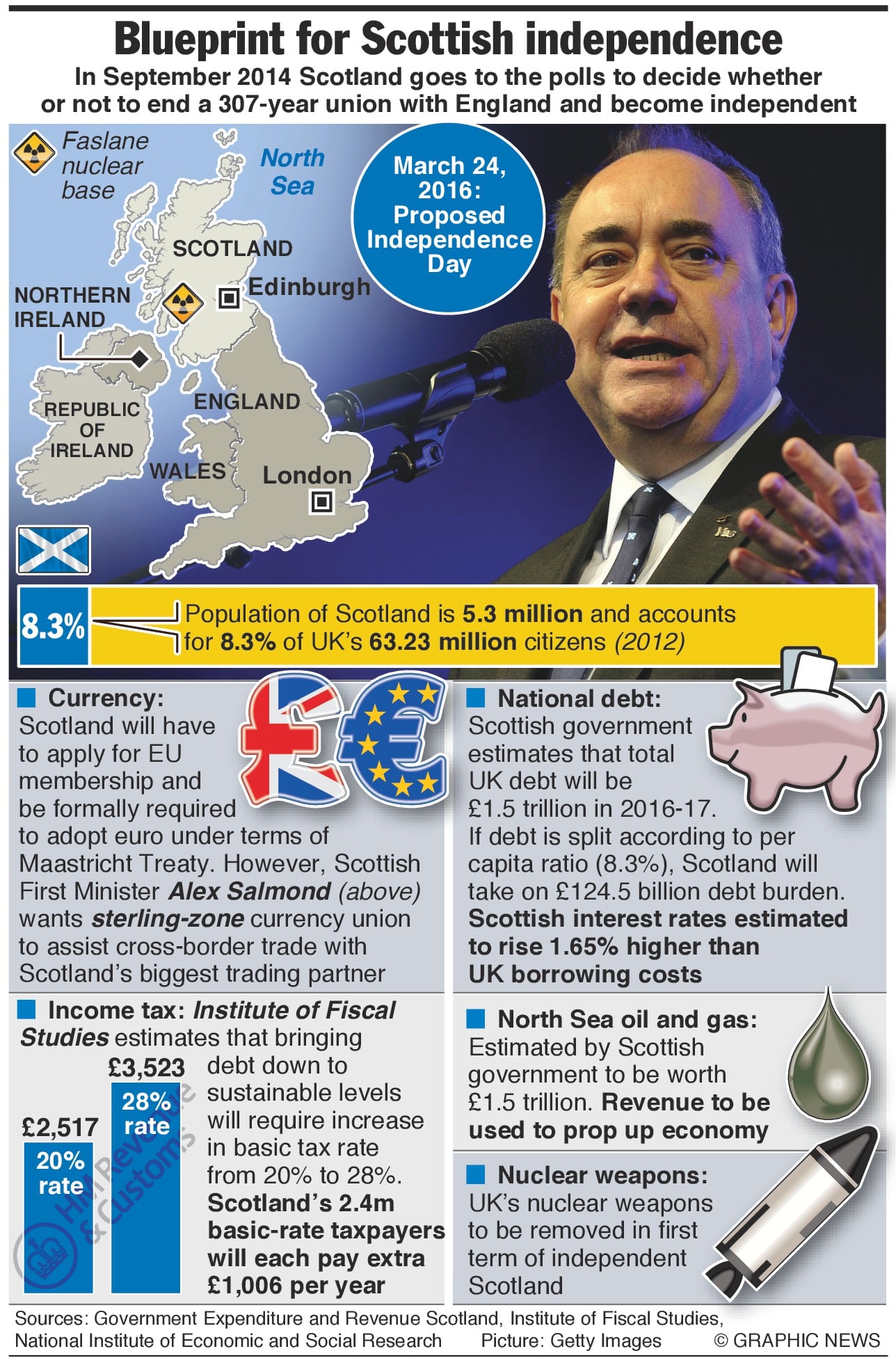
The population of Scotland will go to the polls on September 18th to decide whether they want to end the 307-year union with England or remain part of the United Kingdom. Their decision will be influenced by a long struggle against English rule and threat to Scottish culture, but secession might have serious economic consequences. This month’s focus will be Scottish history, culture, and famous Scots who left their mark on the world.
Scotland – How old?
The first written records are from Roman times: the Picts – a ferocious group of Celtic tribes – made the Romans retreat to Hadrian’s Wall in the north of England in the 3rd century AD. In the 5th century, the north-west of Scotland was settled by another Celtic tribe, the Gaels from Northern Ireland, whose language still survives among speakers of Scottish Gaelic. Around 58,000 people speak Scottish Gaelic at present, mainly on the islands of the Outer Hebrides.
During the 8th century, all of Scotland’s kingdoms were attacked by Vikings, against whom they united and formed the Kingdom of Scotland in the 9th century. After successfully conquering Wales, Edward I of England tried to put his hand on Scotland as well, when the Scottish king and his heirs died. When the Scots refused, he not only crushed them in bloody battles in 1296, which earned him the nickname of Hammer of the Scots, but also confiscated the Stone of Scone – the Scottish coronation stone.
The Stone of Scone was placed in Westminster Abbey and used in the coronation ceremony for hundreds of years, including the 1953 coronation of Elizabeth II. Although Scottish students managed to steal the 152 kg stone and transport it to Scotland in 1950, the London police took it back from the altar of Arbroath Abbey. The Stone of Scone was finally returned in 1996 by the British Conservative Government and is now kept in Edinburgh Castle, along with the Crown Jewels of Scotland.
Wars of Scottish Independence
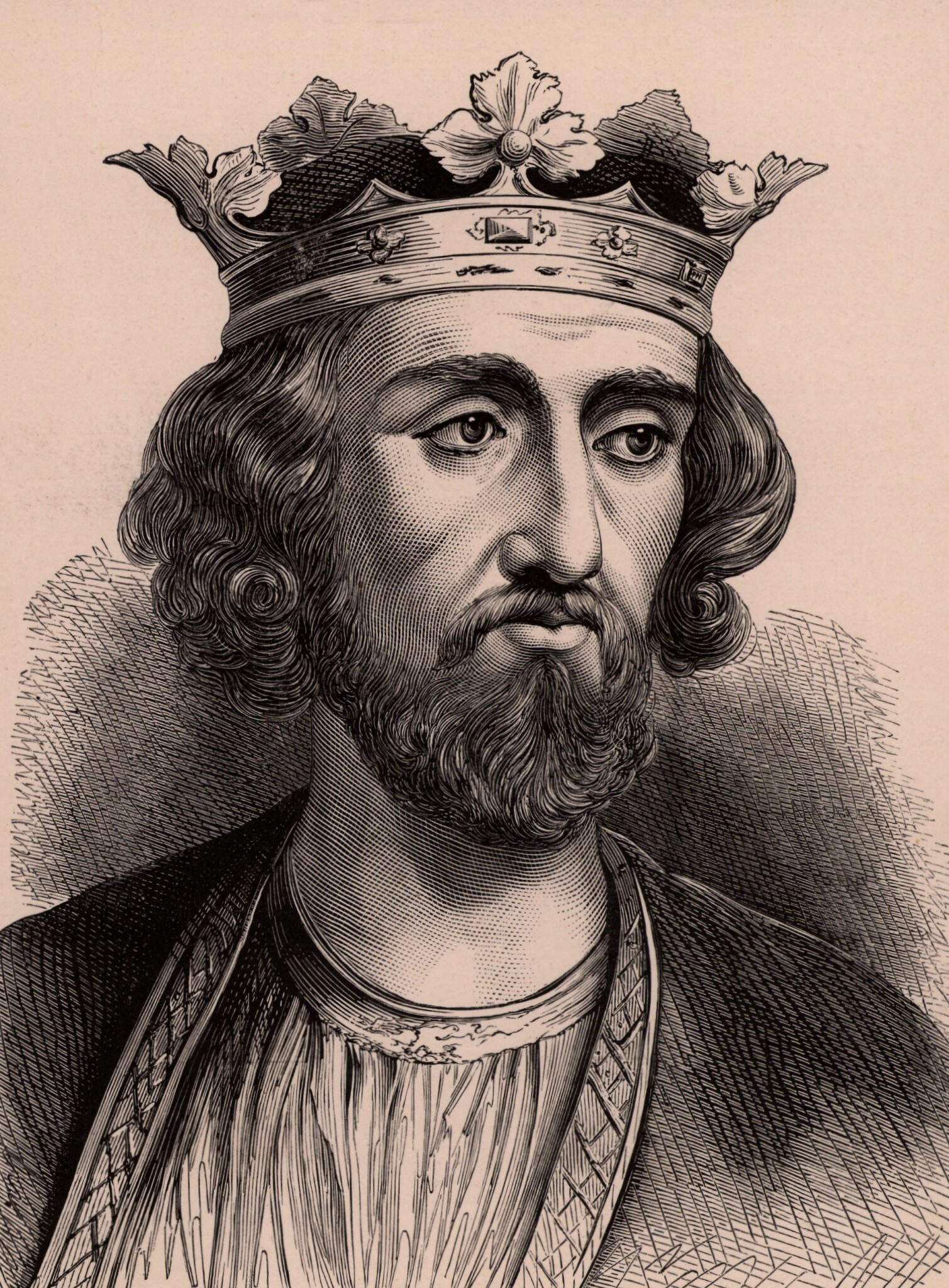
Following the attack by Edward I, Scotland fought back and the most significant Scottish national hero to this day showed his skill as military commander in 1297. At the Battle of Stirling Bridge, Sir William Wallace managed to defeat the English army although the Scots were greatly outnumbered. The Scottish nobles asked France for help, but the French king didn’t keep his promise. In 1304 they gave up the fight and accepted Edward I as their king, which Wallace refused to do. He was captured, brutally tortured and executed in 1305 at Edward I’s orders. Wallace became a martyr, the very symbol of Scotland’s struggle for freedom. But not all was lost: Robert the Bruce was crowned King of Scotland in 1306 and managed to defeat the English. For the next 400 years, Scotland was an independent country.
Mary, Queen of Scots (1542-1587)
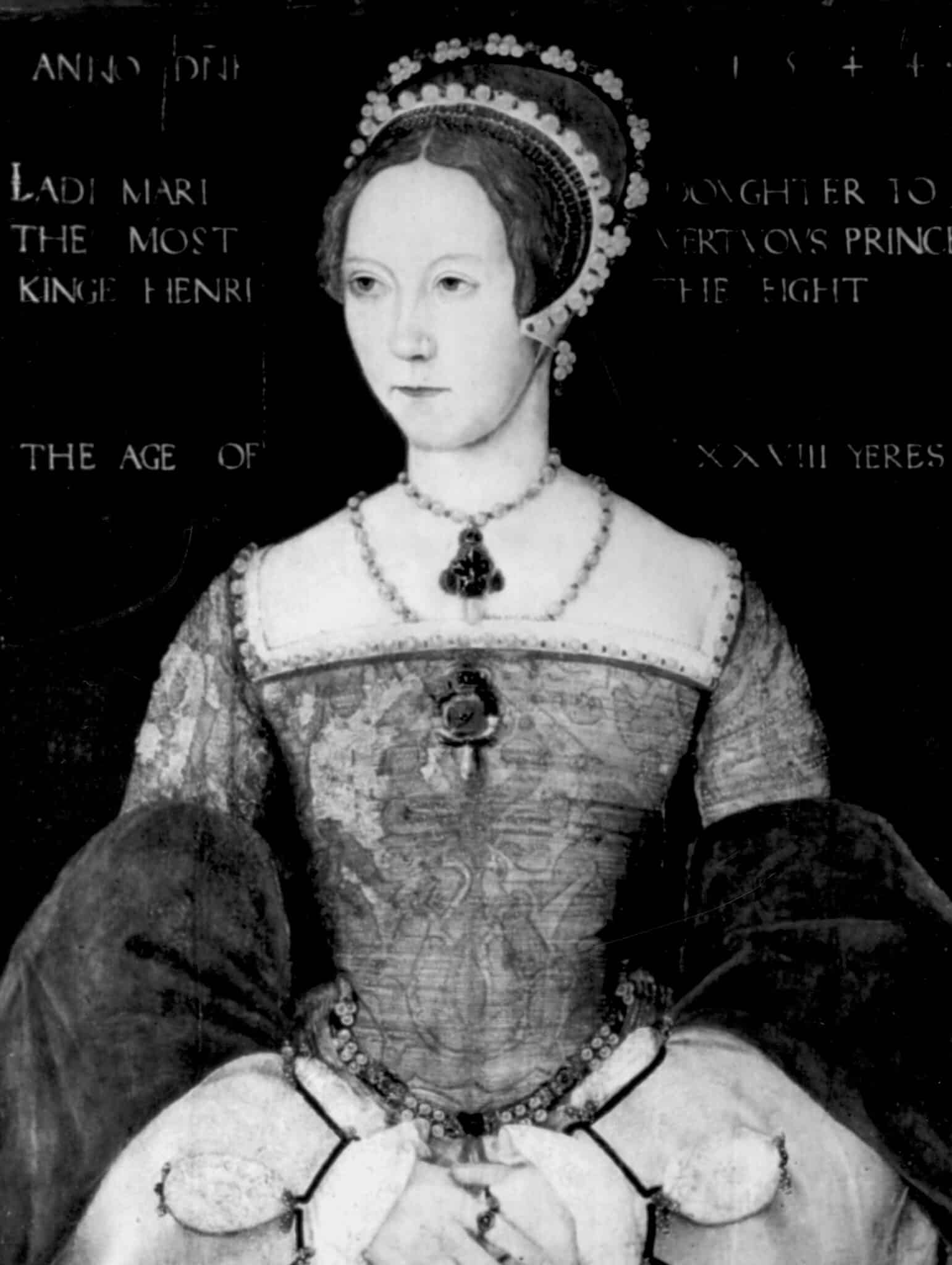
The tragic figure of Mary Stuart, who ascended to the throne only 6 days old, has captured the imagination of poets, playwrights, novelists and composers for the past 400 years. Her French mother served as Regent, while Mary was brought up in the French royal court and married the French heir to the throne in 1558. For a year, she was Queen of France but was widowed in 1560. The following year she decided to go back to Scotland and for a few years she ruled successfully.
Her marriage to her cousin, Lord Darnley, however, proved to be a bad match: Darnley wanted to be crowned, too, and when Mary refused, he entered a secret conspiracy with the Protestant lords, who murdered the Queen’s private secretary in front of her eyes. Their son, James was born in 1566 but their marriage fell apart and Mary’s councillors wanted to get rid of Darnley. He died in a suspicious explosion, and three months later the Queen married the Earl of Bothwell, who had divorced his first wife only 12 days earlier.
This, naturally, led to the conclusion that Bothwell had killed Darnley and even Mary might have been involved. The outraged lords raised an army, captured the Queen, imprisoned her and forced her to abdicate in favour of her one-year-old son, James. She managed to escape and looked to her cousin, Elizabeth I for help to regain her throne. The Queen of England was cautious and ordered an enquiry, but she also feared Mary’s claim to the English throne, keeping her a captive and finally beheading her in 1587.
In the end, it was Mary’s son, James VI of Scotland who inherited Elizabeth’s throne in 1603, ruling both countries. It was only in 1707 that the English and the Scottish Parliaments agreed to the union of the two countries, which can now be annulled by the referendum.
The Scottish Clans
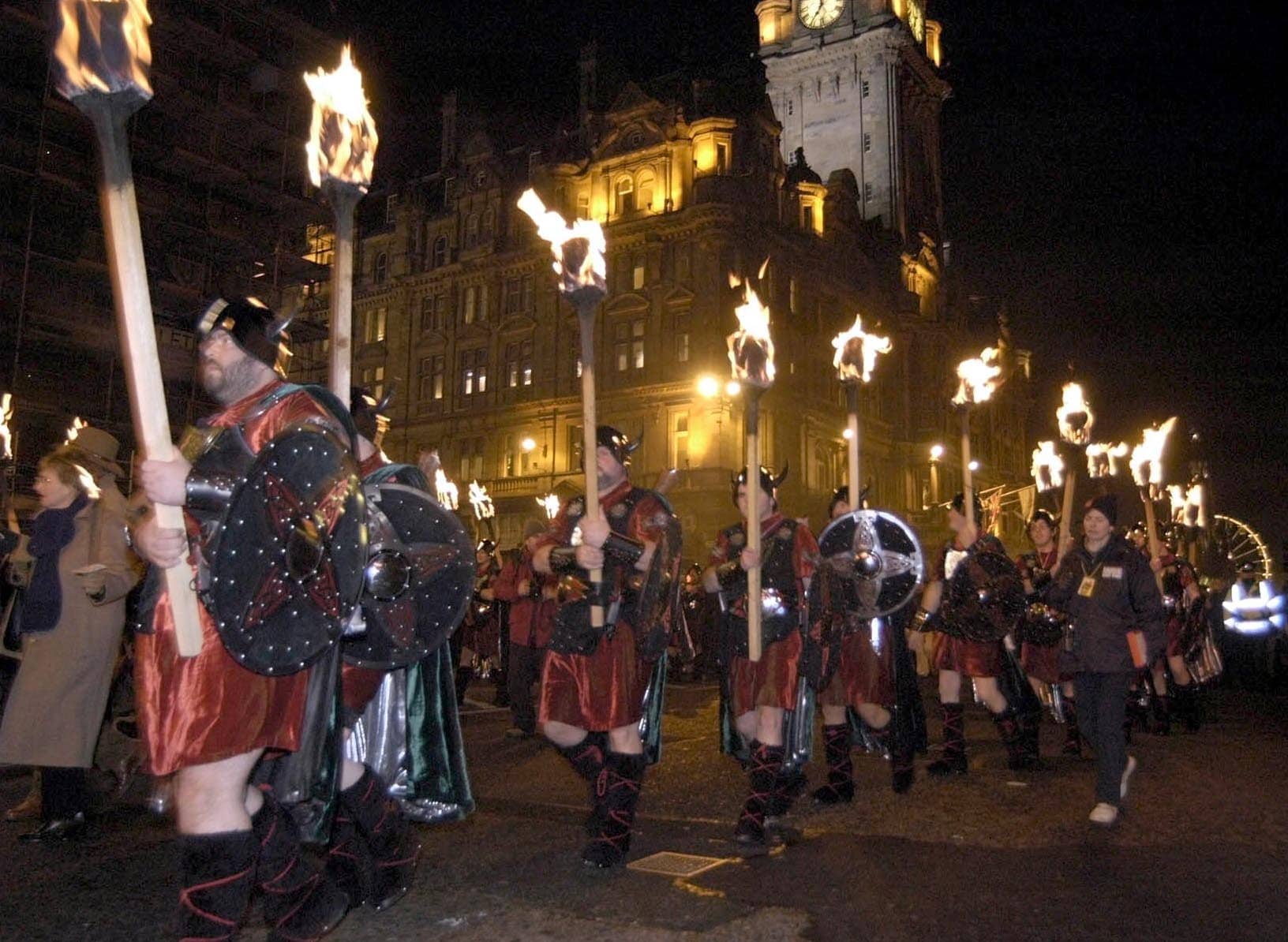
The Clan is a concept dating back 900 years and was originally an extended network of families, led by a chief. The word comes from the Gaelic word for children: “clann.” The chief acted as a leader in battle and a judge as well. The clan system was the main political system in Scotland until 1746, when the English crushed the Jacobite rebellion attempting to put the exiled Stuarts back on the throne. The King not only banned the Scots from possessing weapons but also from wearing kilts: the punishment was prison sentence and deportation.
Many Highlanders were forced to leave their small farms because landowners wanted to raise sheep, and a mass emigration to the Lowlands, America and Australia began. Unfortunately, these events destroyed the Gaelic culture and clan society. Now there are about 50 million people worldwide who consider themselves descendants of 18th and 19th century immigrants.
Although the anti-clan legislation was annulled by the end of the 18th century, the clans as a political system never made a comeback. Highland culture was luckily revived during the Romantic movement, pioneered in Scotland by Robert Burns (1759-1796), who is regarded as Scotland’s national poet. Burns Night is celebrated worldwide on his birthday, January 25 with a haggis supper: a dish consisting of a mixture of the minced heart, lungs, and liver of a sheep or calf, mixed with suet, onions, oatmeal, seasoning and boiled in the animal’s stomach.
Special thanks to Scotland for …
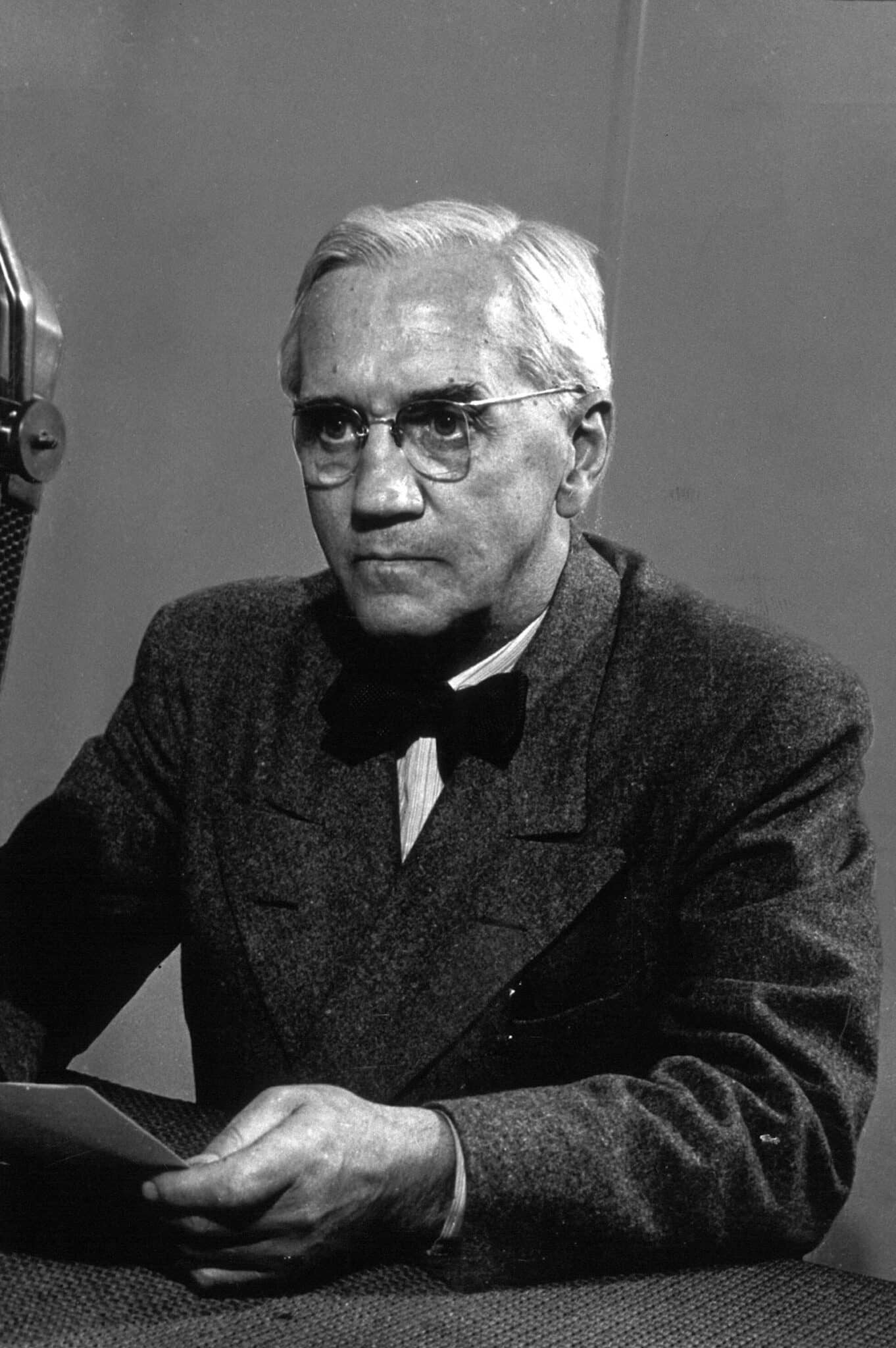
The penicillin – discovered by Scottish biologist, pharmacologist and botanist, Sir Alexander Fleming in 1928, penicillin has saved millions of life. He received a Nobel Prize for his achievement in 1945.
Golf – in its modern form the sport originated in 15-century Scotland, where the first written record mentions that James II banned it because people played golf instead of practicing archery.
The raincoat – Charles Macintosh invented rubberised fabric and started selling his waterproof raincoats in 1834.
The television – invented by engineer John Logie Baird, the first television picture was successfully transmitted in 1925.
The ATM – the inventor of the Automatic Teller Machine and Personal Identification Number (PIN) technology is James Goodfellow, who saved us from many hours of queuing at the bank.
The flush toilet – the principle was patented by Alexander Cummings in 1775. It did take a while till this innovation caught on…
The kaleidoscope – Sir David Brewster’s 1817 invention was an instant hit: 200,000 kaleidoscopes sold in London and Paris in just three months.
The pedal bicycle – Scottish blacksmith, Kirkpatrick MacMillan is credited with the 1839 invention of the ancestor of the rear-drive pedal bike we all use.

